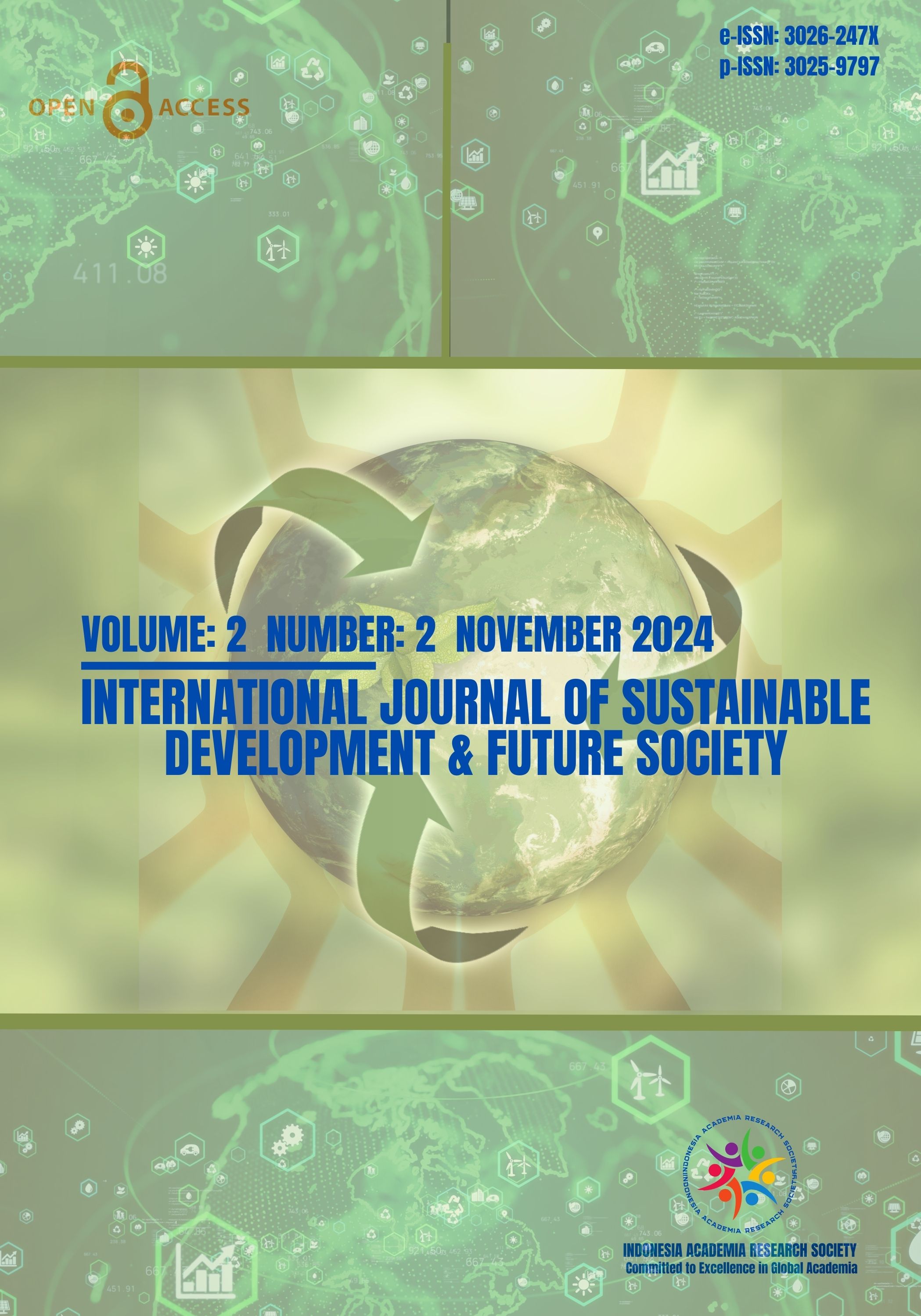Improving Learning Outcomes of Kinesthetic Learners through a Differentiated Learning Approach
https://doi.org/10.62157/ijsdfs.v2i2.74
Keywords:
Differentiated learning, Kinesthetic learning style, Learning styles, Student achievementAbstract
Curriculum changes are often implemented without a thorough understanding of the varying learning styles of students, which can differ significantly from one individual to another. In this context, differentiated learning has gained prominence as an approach that addresses the diverse learning preferences of students. Particularly, it is seen as a potential solution to enhance the learning experiences of students with kinesthetic learning styles. This study aims to explore the kinesthetic learning style of fifth-grade students at SDIT Insantama Bogor to inform the design of more effective and tailored learning strategies. Employing a qualitative descriptive approach, the research utilized observations, interviews, and questionnaires to gather data on students' learning styles. The findings revealed a range of learning preferences among the students, with visual learners being the most dominant, followed by auditory and kinesthetic learners. The study highlights the importance of recognizing these diverse learning styles and advocates for the implementation of differentiated learning strategies to better cater to the individual needs of students. By adopting such an approach, the study suggests that students' motivation, conceptual understanding, and overall academic performance could be enhanced. The findings emphasize the need for teaching strategies that accommodate various learning styles, particularly for kinesthetic learners, to foster a more inclusive and effective learning environment.
References
Azizah, S. A., Usman, A., Fauzi, M. A. R. A., & Rosita, E. (2023). Analisis gaya belajar siswa dalam menerapkan pembelajaran berdiferensiasi. Jurnal Teknologi Pendidikan, 1(2), 12-12.
Bouchard, T. J., & McGue, M. (2003). Genetic and environmental influences on human psychological differences. Journal of Neurobiology, 54(1), 4-45. https://doi.org/10.1002/neu.10160
Coffield, F., Moseley, D., Hall, E., & Ecclestone, K. (2004). Learning styles and pedagogy in post-16 learning: A systematic and critical review. Learning and Skills Research Centre.
Dixon, F. A. (2015). Differentiated instruction: A guide for middle and high school teachers (2nd ed.). Corwin.
Felder, R. M., & Silverman, L. K. (1988). Learning and teaching styles in engineering education. Engineering Education, 78(7), 674–681.
Gardner, H. (1993). Frames of mind: The theory of multiple intelligences. Basic Books.
Gardner, H. (1993). Frames of mind: The theory of multiple intelligences. Basic Books.
Herwina, W. (2021). Optimalisasi kebutuhan murid dan hasil belajar dengan pembelajaran berdiferensiasi. Perspektif Ilmu Pendidikan, 35(2), 175-182.
Lestari, S., & Djuhan, M. W. (2021). Analisis gaya belajar visual, auditori, dan kinestetik dalam pengembangan prestasi belajar siswa. JIIPSI: Jurnal Ilmiah Ilmu Pengetahuan Sosial Indonesia, 1(2), 79-90.
Naibaho, D. P. (2023). Strategi pembelajaran berdiferensiasi mampu meningkatkan pemahaman belajar peserta didik. Journal of Creative Student Research, 1(2), 81-91.
Noddings, N. (2013). Education and democracy in the 21st century. Teachers College Press.
Pashler, H., McDaniel, M., Rohrer, D., & Bjork, R. (2009). Learning styles: Concepts and evidence. Psychological Science in the Public Interest, 9(3), 105–119. https://doi.org/10.1177/1529100610386744
Plomin, R. (2018). Blueprint: How DNA makes us who we are. MIT Press.
Supit, D., Melianti, M., Lasut, E. M. M., & Tumbel, N. J. (2023). Gaya belajar visual, auditori, kinestetik terhadap hasil belajar siswa. Journal on Education, 5(3), 6994-7003.
Tomlinson, C. A. (2001). How to differentiate instruction in mixed-ability classrooms (2nd ed.). ASCD.
Tomlinson, C. A. (2001). How to differentiate instruction in mixed-ability classrooms (2nd ed.). ASCD.
Uno, H. B., & Umar, M. K. (2023). Mengelola kecerdasan dalam pembelajaran: Sebuah konsep pembelajaran berbasis kecerdasan. Bumi Aksara.
VARK. (2021). VARK: A guide to learning styles. https://vark-learn.com
Vygotsky, L. S. (1978). Mind in society: The development of higher psychological processes. Harvard University Press.
Widayanti, F. D. (2013). Pentingnya mengetahui gaya belajar siswa dalam kegiatan pembelajaran di kelas. Erudio Journal of Educational Innovation, 2(1), 7-21.
Downloads
Published
How to Cite
Issue
Section
License
Copyright (c) 2024 Authors

This work is licensed under a Creative Commons Attribution 4.0 International License.
























